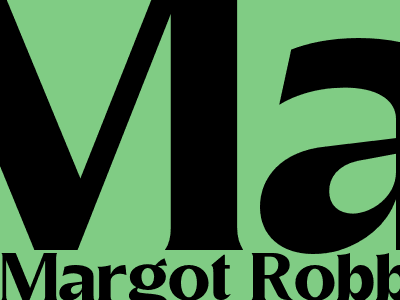Tips for writing a blog post that ranks well in Google
Introduction
Creating valuable content that will rank well in Google is crucial for driving traffic to your blog or website. To achieve this, your blog posts should provide comprehensive and in-depth information that aligns with the search intent of your target audience.
1. Conduct thorough keyword research
Identifying relevant keywords that potential readers are actively searching for is essential. Use keyword research tools such as Google Keyword Planner or Ahrefs to find keywords that have a high search volume but low competition.
Once you have a list of keywords, focus on incorporating them naturally throughout your blog post. Avoid keyword stuffing as it can harm your ranking. Long-tail keywords, more specific and longer phrases, can target more focused and relevant search queries.
2. Craft compelling headlines and meta descriptions
Your blog post's headline and meta description are crucial for attracting readers and encouraging them to click through to your content.
The headline should be concise, attention-grabbing, and accurately reflect the post's topic. Keep it under 60 characters to ensure it doesn't get cut off in search results.
The meta description should provide a brief summary of the post's content, encouraging readers to click through. It should be around 155 characters and include relevant keywords.
3. Write high-quality, in-depth content
Provide valuable, engaging, and informative content to establish your blog as a credible source. Break down complex concepts into simpler terms, use examples and anecdotes to illustrate points, and incorporate visuals like images, videos, and infographics to enhance comprehension.
Structure your content logically using headings and subheadings, making it easy for readers to skim and find the information they need.
4. Optimize for search engines and readability
Use header tags (H1, H2, H3) to structure your content and make it easier for search engines to understand its hierarchy.
Ensure proper image optimization by using descriptive file names and alt tags to convey image content to search engines.
Maintain a consistent tone, avoid jargon, and write in a conversational style to enhance readability. Use short paragraphs, bullet points, and lists to improve scannability.
5. Promote your blog post
Once your blog post is published, promote it through various channels to increase its visibility and reach.
Share your post on social media, engage in relevant online communities, and consider guest posting on other blogs to reach a wider audience.
Monitor your post's performance using Google Analytics or other tracking tools to identify areas for improvement and optimize future posts.
Conclusion
Creating a blog post that ranks well in Google requires a comprehensive approach that covers keyword research, compelling headlines, high-quality content, technical optimization, and promotion. By following these tips, you can enhance your blog's visibility, attract more readers, and establish yourself as a trusted source of information.

Komentar